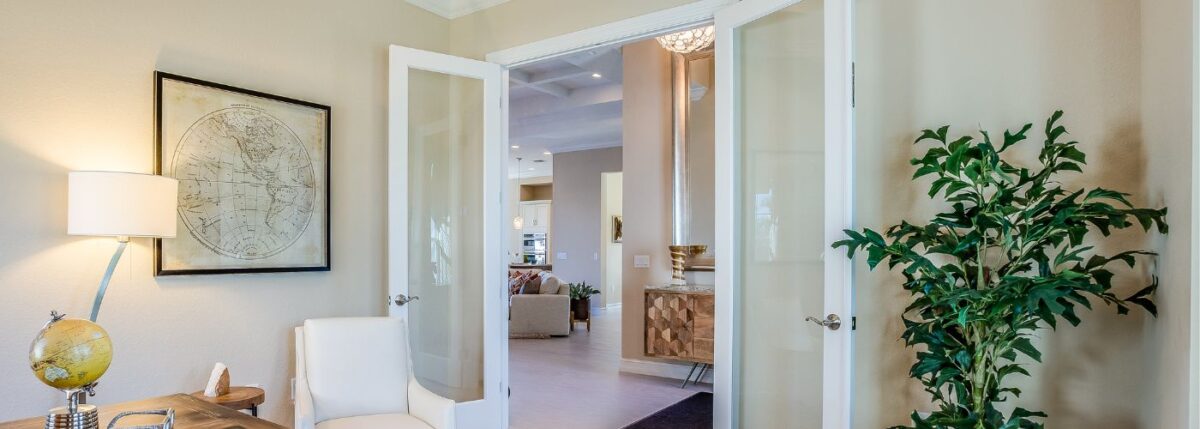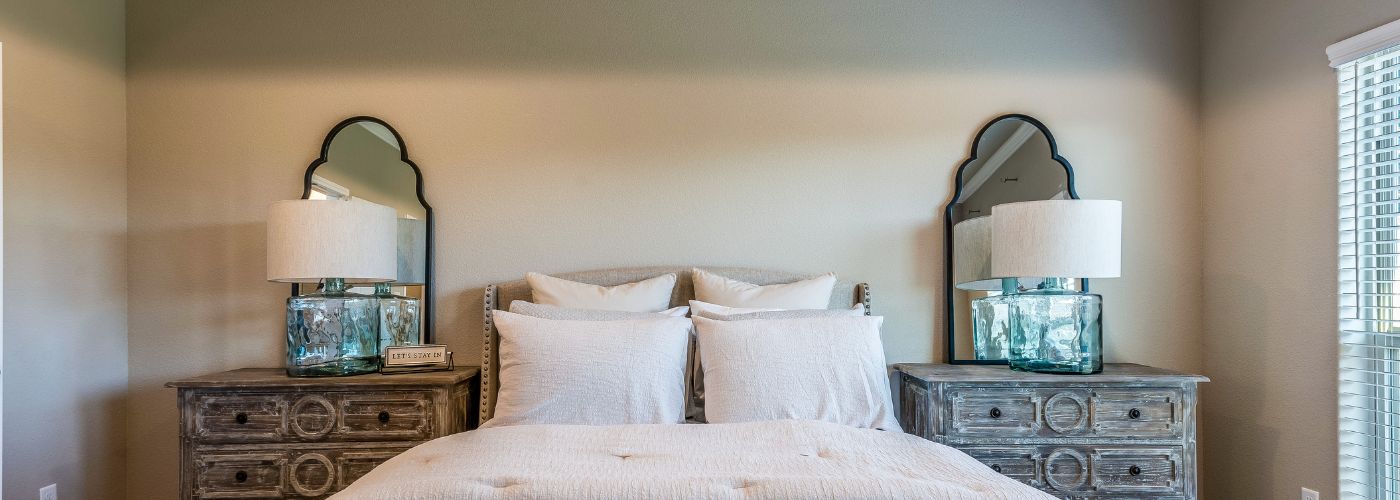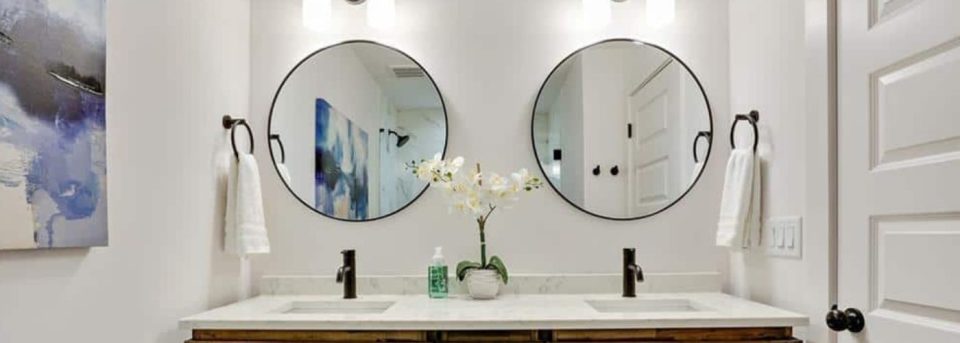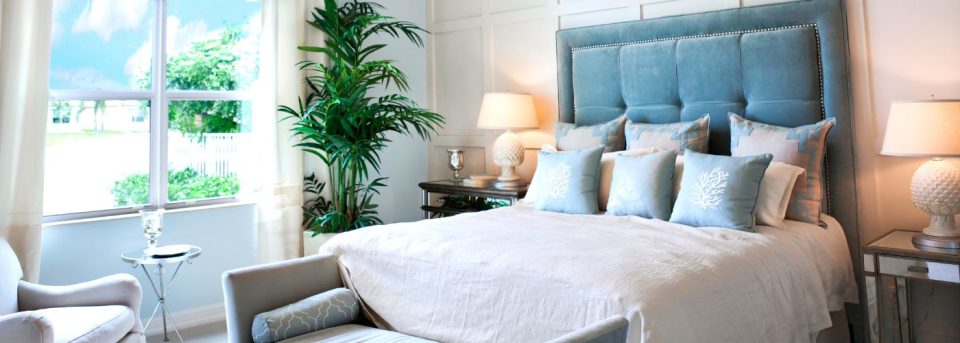5 Home Staging Tips for Beginners

When it comes to selling a house, first impressions matter. That’s where home staging comes in to appeal to potential buyers. Home staging can help transform a dull and cluttered space into one that is both visually appealing and emotionally engaging. However, for beginners, the idea of home staging may seem overwhelming or even intimidating. But fear not! We’ll share five essential home staging tips that will guide you through the process!
Should I Get Home Staging?
Home staging is the process of arranging and decorating a property in such a way that it appeals to potential buyers. This can include decluttering, rearranging furniture, adding neutral decor, and even bringing in rented furniture or artwork. The goal is to make the property look as appealing as possible while still allowing potential buyers to envision themselves living there.
So, should you get home staging? Yes, you absolutely should if you want to have an edge in the competitive real estate market. To help your staging process, here are 5 ways to make home staging easier.
1. Declutter & Organize: This is a crucial step in home staging as it helps create a clean and spacious environment that potential buyers can easily visualize themselves living in. Start by getting rid of any unnecessary items, such as old furniture, personal belongings, or excessive decorations. Organize closets, cabinets, and storage spaces to showcase their full potential.
2. Choose A Neutral Interior Color Palette: Choose neutral colors for the walls, furniture, and decor to appeal to a wider range of potential buyers. Neutral colors create a calming and inviting atmosphere, allowing buyers to envision their own style and personal touches in the space. Consider using shades like beige, white, or light gray as they create a blank canvas that can easily be complemented with pops of color through accessories or artwork. Avoid bold or vibrant colors that may distract buyers from seeing the potential of the space.
3. Clean The Home Thoroughly: A clean and well-maintained home is essential to making a positive impression on potential buyers. Thoroughly clean every surface, including floors, countertops, windows, and appliances. Pay attention to details such as dusting light fixtures, wiping down baseboards, and ensuring that bathrooms are spotless.
4. Increase Curb Appeal: The exterior of your home is the first thing potential buyers see, so it’s important to make a good impression. Increase curb appeal by tidying up the front yard and landscaping. Trim any overgrown bushes or trees, mow the lawn, and add fresh mulch to flower beds. Consider adding some colorful flowers or potted plants near the entrance to create an inviting atmosphere.
5. Increase Lighting: Replace any burnt-out bulbs and consider using higher-wattage bulbs to brighten up darker areas. In rooms with limited natural light, strategically place floor or table lamps to create a warm and inviting ambiance. Even staging your home during the daytime works fine as well!
Should You Hang Pictures When Staging A House?
One of the most debated topics among real estate agents and home stagers is whether or not to hang pictures on the walls. The answer really depends on your goals with home staging.
Some argue that bare walls create a blank canvas for potential buyers, allowing them to envision their own style and decor in the space. Others believe that strategically placed artwork can enhance the overall aesthetic and make the house feel more like a home.
Those in favor of hanging pictures often suggest using neutral and tasteful art that complements the existing decor. This can help create a warm and inviting atmosphere while still allowing buyers to imagine their own personal touches. Consider working with a staging consultant to maximize the space of every room!
However, it’s crucial not to overwhelm the space with too many pieces or overly personal artwork, as this can distract potential buyers from seeing the true potential of the house.
If you choose not to place photos then that’s okay because it allows the potential buyers to envision their own artwork and personal style in the space. Empty walls can create a blank canvas, allowing buyers to mentally design and customize each room according to their preferences.
What Rooms Should You Stage?
When it comes to staging a home for sale, every room in the house deserves attention. Potential buyers are not just interested in the living and dining areas; they want to envision themselves living in every part of the house.
The first room that should be staged is the living room, as it is usually the main gathering space for families and guests. By decluttering, rearranging furniture, and adding some cozy touches like throw pillows and rugs, you can create a warm and inviting atmosphere.
Next on the list is the kitchen – often considered the heart of a home. A clean and organized kitchen gives potential buyers confidence that they will have an efficient cooking space.
Start by removing any unnecessary items from countertops to create a sense of spaciousness. Consider updating outdated fixtures or appliances if your budget allows it; these upgrades can significantly increase buyer interest.
How To Cut Costs For Home Staging
There are several ways you can cut home staging costs without compromising on the overall impact.
Firstly, start by decluttering and organizing your space. Clear out any unnecessary items and create a clean canvas for potential buyers to envision themselves living in. This simple step not only improves the overall appeal of your home but also saves you money as you won’t need to purchase as many decorative items or storage solutions.
Secondly, consider borrowing furniture or decor from friends or family members instead of buying new ones. Many people have spare pieces they no longer use or might be willing to lend for a short period. Furniture staging can significantly help a home by creating a unique and stylish design.
Lastly, consider repurposing items you already own. Get creative and think about how you can give new life to old pieces. For example, an old ladder could be transformed into a unique bookshelf, or a vintage suitcase could become a stylish side table. By repurposing items, you not only add character to your home but also save money on buying new furniture or decor!





